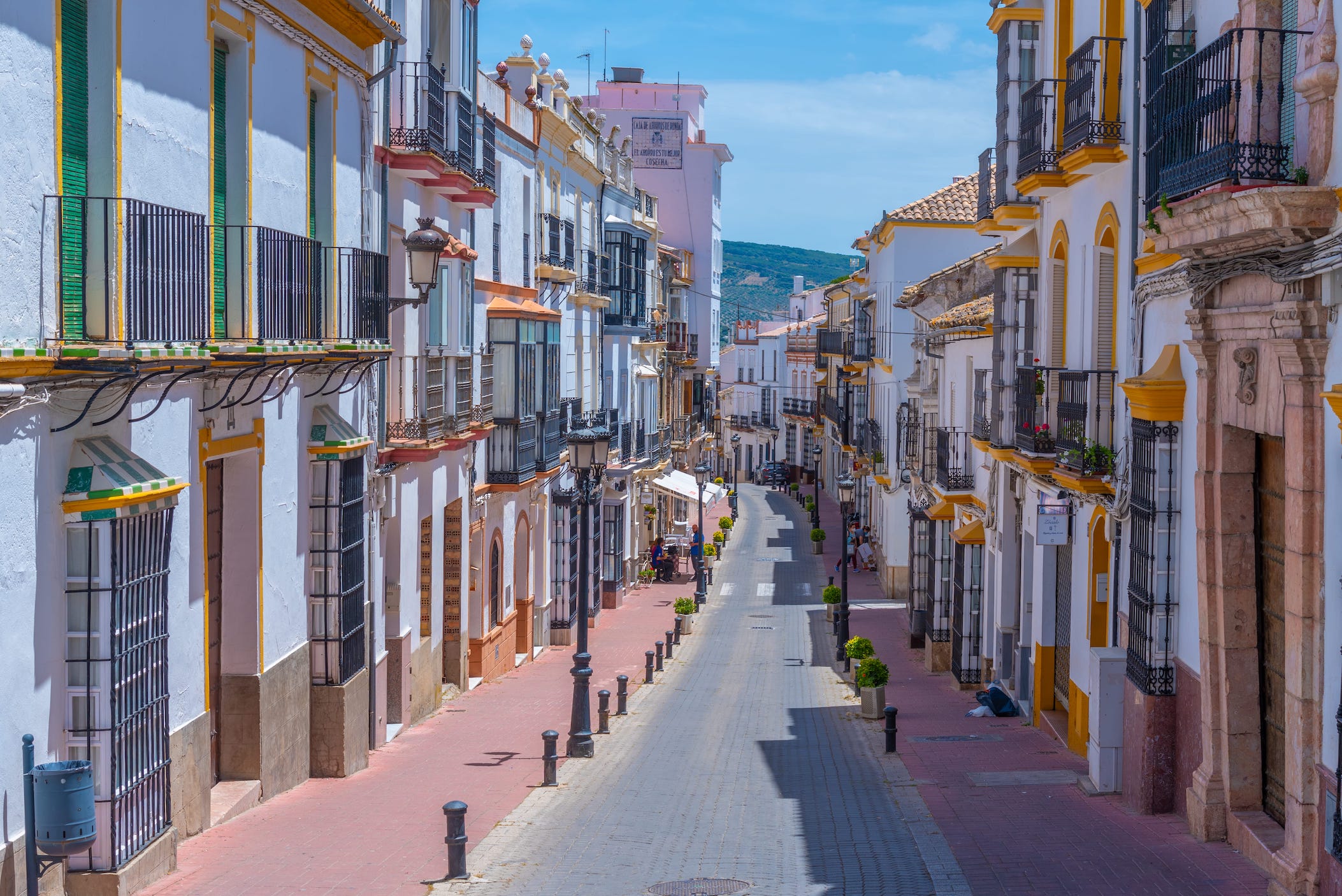Spain's Plusvalía Tax

What is it? How is it calculated? Who pays it and when?
The plusvalía tax, formally known as the "Impuesto sobre el Incremento de Valor de los Terrenos de Naturaleza Urbana" (IIVTNU), is a municipal tax. It is imposed on the increase in value of urban land when it is sold, transferred, or inherited. This tax is crucial for local governments as it provides a significant source of revenue. Here’s an overview of what it entails and how it is calculated.
Key Features
- Applicability: The tax is only applicable to urban land. Rural properties are exempt from this tax.
- Taxpayer: The seller typically pays the plusvalía tax in property transactions. In cases of inheritance or donation, the recipient of the property is responsible for paying the tax.
- Local Tax: The tax is managed and collected by the local municipalities, and the rates vary between different municipalities.
- Basis: The tax is based on the notional increase in value of urban land over the period it has been owned. The longer the property has been in the hands of the seller, the higher the tax.
Calculation
The taxable base is traditionally calculated as follows (Objective Method):
Catastral value x Annual Percentage Increase In Value x Years of Ownership.
A percentage is applied to this base figure to arrive at the tax itself.
Generally, municipalities levy a tax of between 5% and 30%.
Often the Plusvalía does not amount to more than a few hundred euros at most and, in rural areas, it will be zero or very little if the buildings are classified as urban. However, if the property has a significant amount of land, classified as urban and the property has been owened for a considerable time, the Plusvalí coud run to thousands of euros.
There has been a lot of controversy about the Plusvalía in recent years and some courts have ruled it to be unconsitutional. This has arisen because in some cases sellers were taxed on the increase in value of a property when thy had, in fact lost money. A double penalisation. For this reason a second method of calculation has evolved: the Real Method)
Sale Price - Purchase Price = True Increase
The proportion of the catastral value represented by the urban element of the land (in the case of mixed urban and rural) is then applied to the True Increase to arrive at the taxable base. This is a much fairer method as it purports to reflect reality, and was introftuced after pressure from the judiciary and the public. There was even a very short window where the tax was declared to be unconstitutional nationally preventing local authorities from collecting the tax.
Summary
What is the basis for the tax, the philosophical idea behind it? It has been said to me that it is a way for owners to contribute to urban improvements: better roads and pavements, street lighting, gentrification etc.The longer a houseowner has lived in an environment, the greater the improvements. Seems reasonable, except that those same improvements are already paid for out of taxes, either by subsidy from central government (resulting from direct taxation of earnings etc.) or from local taxes such as IBI and charges for municipal licences.More than anything I suspect, it's a way of getting revenues from those who have just received a large amount of money, resulting from a property sale.


